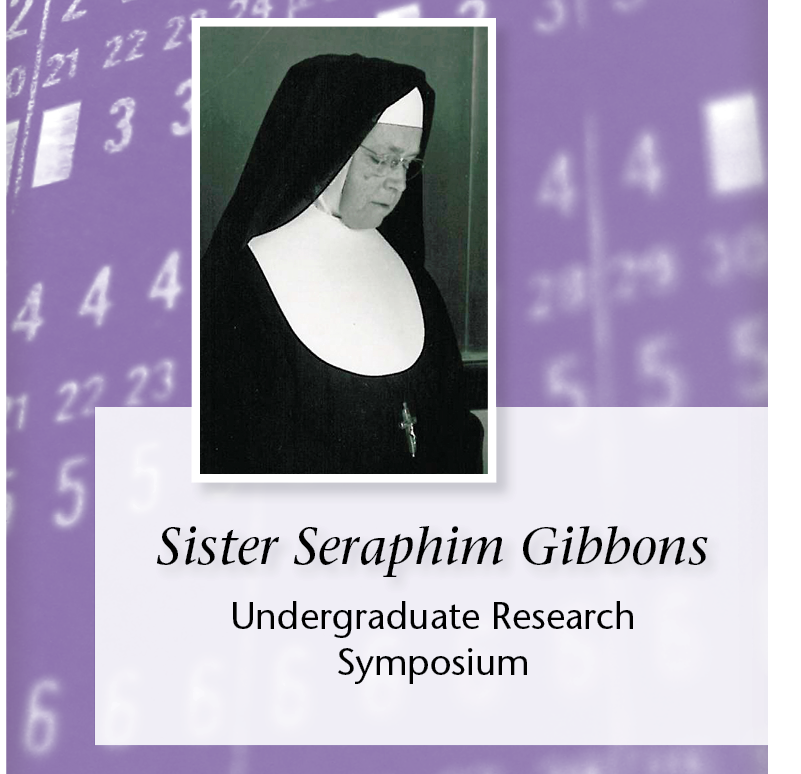Assessing the Impact of Providing Vision Services and Free Eyeglasses for Low-income Students
Abstract
More than 20% of all school aged children in the United States have vision problems, and low-income and minority children are even more likely to have unmet vision care needs. Glewwe, West and Lee (2014) use a randomized control trial to evaluate the impact of enhanced vision services provided by a local non-profit organization to Title 1 elementary schools in three large central Florida school districts. This study adds new vision screening data on middle school students in the same school districts. Using this data, we are able to test two sets of research questions (1) What happened to the students from the initial study? Are they still wearing their glasses? Has their vision changed? By following students involved in the initial study, we can assess whether follow-up care is necessary to ensure long-term results. And (2) What share of middle and high school students have undetected or untreated vision problems. To date, researchers have focused only on elementary school populations. There was no randomized intervention provided in middle and high schools, but we offer data from the cross-section that reveals a substantial need for vision services past elementary grades.
Assessing the Impact of Providing Vision Services and Free Eyeglasses for Low-income Students
More than 20% of all school aged children in the United States have vision problems, and low-income and minority children are even more likely to have unmet vision care needs. Glewwe, West and Lee (2014) use a randomized control trial to evaluate the impact of enhanced vision services provided by a local non-profit organization to Title 1 elementary schools in three large central Florida school districts. This study adds new vision screening data on middle school students in the same school districts. Using this data, we are able to test two sets of research questions (1) What happened to the students from the initial study? Are they still wearing their glasses? Has their vision changed? By following students involved in the initial study, we can assess whether follow-up care is necessary to ensure long-term results. And (2) What share of middle and high school students have undetected or untreated vision problems. To date, researchers have focused only on elementary school populations. There was no randomized intervention provided in middle and high schools, but we offer data from the cross-section that reveals a substantial need for vision services past elementary grades.
